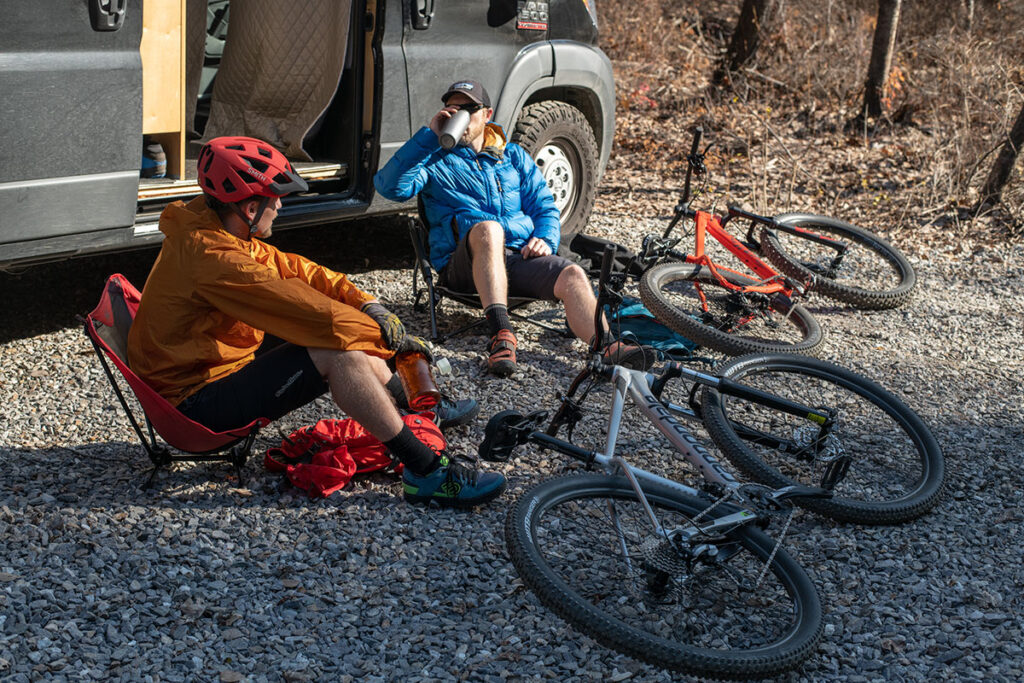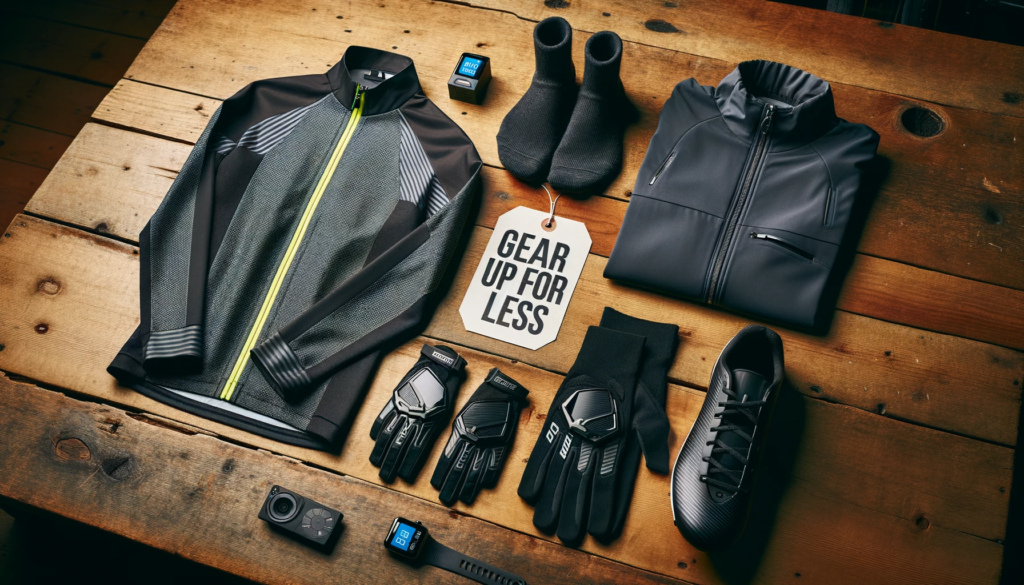The average price for a mountain bike ranges between $300 to $10,000+. Mountain bikes are popular for off-road and rough terrains and come in various styles and designs, making them suitable for different riding preferences.
If you’re thinking about getting a mountain bike, you’ve probably noticed that prices can be all over the map. One minute, you see a bike for a few hundred dollars, and the next, you spot one that costs as much as a used car.
So, what’s the average price for a mountain bike? And more importantly, how can you find the best deals?
Don’t worry—I’ve got you covered. In this article, we’ll break down why prices vary, what you can expect to pay, and some smart ways to save money. Let’s dive in!
Why Do Mountain Bike Prices Vary So Much?
Mountain bikes aren’t all the same. They’re built for different kinds of riding, and that’s a big reason why their prices can differ so much.
Some are perfect for cruising smooth trails, while others are tough enough to tackle rocky hills or steep drops. The materials, parts, and even the brand name all play a part in what you’ll end up paying.
Let’s take a closer look at what drives those price tags.
Factors That Affect the Price of a Mountain Bike
A few key things decide how much a mountain bike costs. Here’s what you need to know:
1. Type of Mountain Bike
Not all mountain bikes are built for the same job. The type you choose changes the price a lot.
- Cross-Country Bikes: These are light and fast, made for smoother trails. They don’t need fancy extras, so they’re usually cheaper.
- Trail Bikes: These can handle a bit of everything—climbs, descents, and rough patches. They cost more because they’re tougher and have better suspension.
- Downhill Bikes: These are heavy-duty beasts for steep, rugged drops. With top-notch parts and durability, they’re the priciest option.
2. Materials Used
What the bike is made of matters a ton. Different materials affect weight, strength, and cost.
- Aluminum: Most bikes use this. It’s light, strong, and won’t break the bank.
- Carbon Fiber: This is lighter and stiffer, so it’s great for performance. But it’s expensive, so you’ll see it on higher-end bikes.
- Steel: Some bikes use steel because it lasts forever. It’s heavier, though, and not as common these days.
3. Components
The parts on a bike—like brakes and gears—make a big difference in price.
- Suspension: Bikes with front and rear suspension cost more than ones with just front suspension or none at all. More suspension means a smoother ride on rough trails.
- Brakes: Hydraulic disc brakes stop you faster and work better than cheaper mechanical ones. That performance comes with a higher price.
- Gears: More gears or smoother shifters add to the cost. They make pedaling easier, especially on tough terrain.
4. Brand Reputation
Big names like Trek, Specialized, or Giant charge more because people trust their quality. Smaller brands might give you the same thing for less, though. It’s worth checking them out.
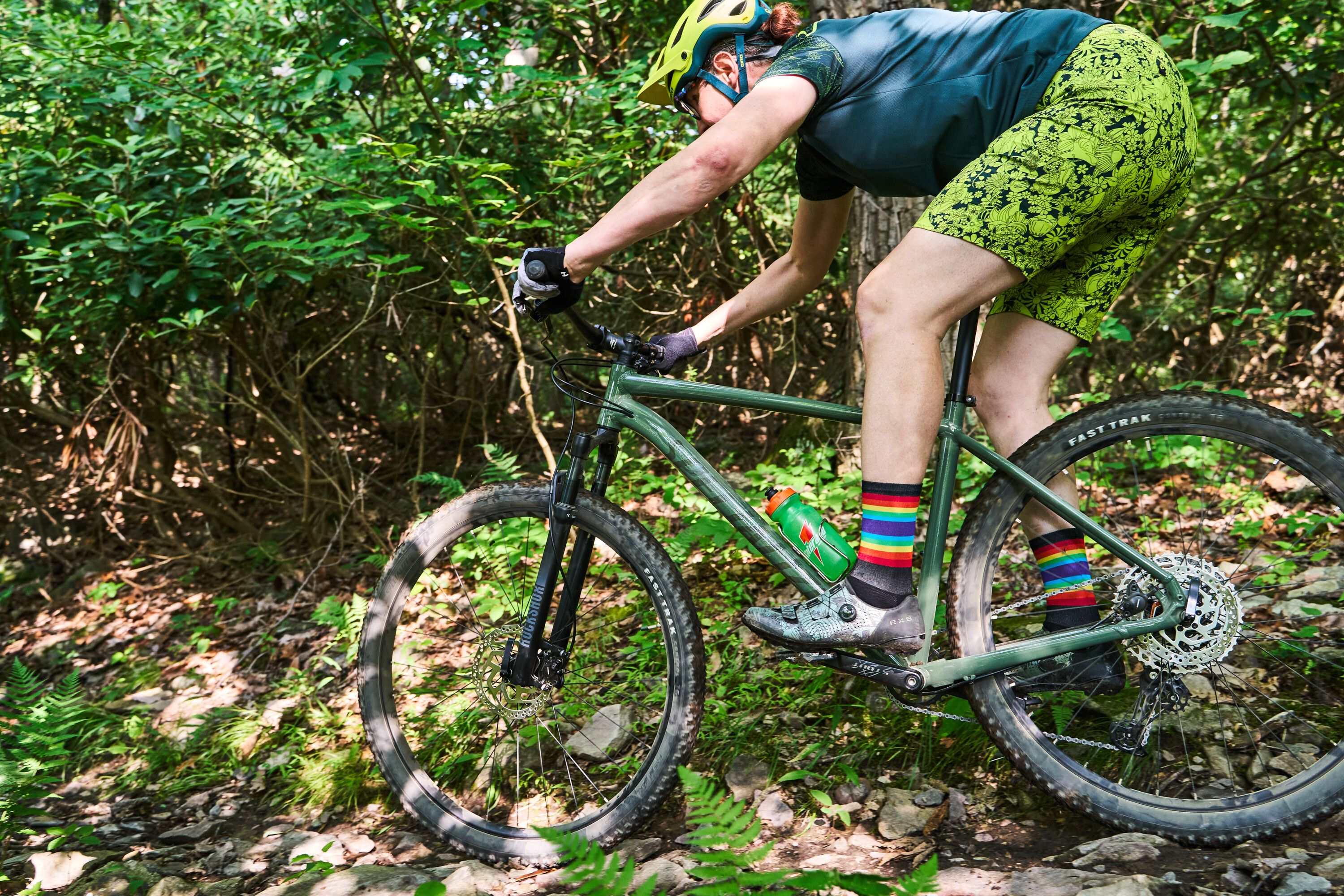
Credit: www.bicycling.com
What’s the Average Price for a Mountain Bike?
Alright, let’s talk numbers. Mountain bikes fall into three main price ranges: entry-level, mid-range, and high-end. Here’s what you can expect.
1. Entry-Level Mountain Bikes ($300 – $800)
These bikes are perfect if you’re just starting out or only ride now and then. They come with basic parts and usually have front suspension. You won’t get fancy features, but they’ll do the job on easy trails. Expect to pay between $300 and $800.
2. Mid-Range Mountain Bikes ($800 – $2,500)
If you’re getting serious about riding, this is your sweet spot. These bikes have better suspension, stronger brakes, and lighter frames. They’re built for tougher trails and last longer. Prices here range from $800 to $2,500.
3. High-End Mountain Bikes ($2,500 – $10,000+)
These are for pros or people who live for biking. You get top-quality parts, carbon fiber frames, and amazing suspension. They’re perfect for racing or extreme trails, but they’ll set you back anywhere from $2,500 to $10,000—or more!
So, what’s the average? For most people, a solid mountain bike costs between $800 and $2,500. That range gives you good quality without going overboard.
How to Find the Best Deals on Mountain Bikes
You don’t need to empty your wallet to get a great bike. With a little effort, you can find awesome deals. Here’s how:
1. Shop During Sales or Off-Season
Timing is everything. Bike shops often drop prices in the fall or winter when fewer people are riding. Holidays like Black Friday or Cyber Monday are goldmines for discounts too. Keep an eye out!
2. Consider Buying Used
A used bike can save you hundreds—or even thousands. Look for one that’s just a year or two old. Check the frame and suspension for damage, and you could score a high-end ride for a mid-range price.
3. Look for Discounts or Promotions
Shops sometimes clear out last year’s models or run special deals. Sign up for newsletters from bike brands or stores. Follow them on social media too—you’ll catch sales before they’re gone.
4. Compare Prices Online
The internet is your friend here. Check sites like Amazon, REI, or Jenson USA to see who’s got the best price. Look for free shipping or deals that throw in extras like helmets or locks. It adds up!
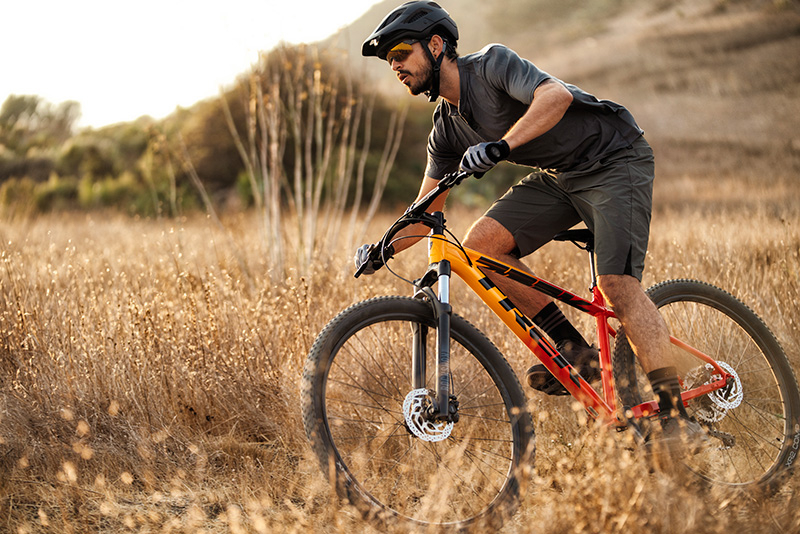
Credit: www.cyclesuk.com
Negotiation Strategies To Get The Best Price
When it comes to purchasing a mountain bike, negotiating the best price can save you a significant amount of money.
By employing effective negotiation strategies, you can ensure that you get the most value for your budget. In this section, we will explore some key tactics to help you negotiate the best price for your mountain bike.
Research And Price Comparison
Before entering into negotiations, thorough research and price comparison are essential. Conduct a comprehensive analysis of the market to determine the average price range for mountain bikes.
Look for reputable stores both online and offline and compare the prices they offer for the specific model you’re interested in. By having a clear idea of the prevailing prices, you will be well-equipped to negotiate effectively.
Leveraging Store Policies
When it comes to negotiating the price of a mountain bike, it is important to leverage store policies to your advantage. Many stores offer price-matching or price adjustment policies. These policies allow you to request a lower price if you find the same bike being sold elsewhere at a lower price.
Familiarize yourself with the store’s policies and use them as a bargaining chip to negotiate a better deal. Remember, it is always worth asking if the store can match or beat a competitor’s price.
Timing Your Purchase
The timing of your purchase can also play a crucial role in negotiating the best price for a mountain bike. Retailers often offer discounts and promotions during specific seasons or holidays. By keeping an eye on these sales events, you can time your purchase to maximize your savings.
Additionally, stores might be more willing to negotiate lower prices toward the end of the year when they want to clear their inventory for new models. Patience and strategic timing can pay off in securing a better deal.
Hidden Costs: Understanding Additional Expenses
When it comes to buying a mountain bike, it’s essential to consider more than just the initial price tag. Hidden costs can add up quickly and catch you off guard if you’re not prepared. Understanding these additional expenses will help you budget effectively and avoid any financial surprises down the road.
Accessories And Gear
Investing in the right accessories and gear is crucial for both your safety and enjoyment while biking. While these may not be part of the bike’s original price, they are necessary expenses that you should consider. Here are some common accessories and gear items you might need:
- Helmet: Protect your head and stay safe while biking.
- Pedals and shoes: Upgrade to clipless pedals and compatible shoes for better power transfer and control.
- Water bottle cage: Stay hydrated during your rides with a convenient water bottle holder.
- Toolkit and tire repair kit: Be prepared for unexpected repairs and maintenance on the trail.
- Lights: Stay visible and ride safely during low-light conditions or at night.
These accessories and gear items can vary in price depending on the brand and quality you choose. Be sure to factor them into your budget when calculating the true cost of owning a mountain bike.
Maintenance And Repairs
To keep your mountain bike performing at its best, regular maintenance and occasional repairs are necessary. Neglecting these tasks can result in decreased performance and potentially more expensive repairs in the long run. Consider the following maintenance and repair costs:
- Tire replacements: Due to wear and tear, you’ll need to replace your tires periodically.
- Brake pads and rotor replacements: Maintaining proper stopping power is essential for your safety.
- Chain and drivetrain maintenance: Keep your bike’s gears shifting smoothly by regularly cleaning and lubricating the chain and drivetrain components.
- Professional tune-ups: Getting your bike professionally tuned and serviced can help prolong its lifespan and ensure optimal performance.
While these costs can vary depending on your riding frequency and the specific brand and parts you choose, it’s important to budget for regular maintenance and occasional repairs to keep your mountain bike in top shape.
Upgrades And Customizations
Mountain biking is a highly personalized sport, and many riders enjoy customizing their bikes to suit their preferences and riding style.
Upgrades and customizations can significantly enhance the performance and comfort of your bike, but they often come with an additional cost. Consider the following upgrade and customization possibilities:
- Suspension upgrades: Improve your bike’s suspension performance with better forks or rear shock.
- Wheelset upgrades: Upgrade to lighter or more durable wheels for improved ride quality.
- Handlebar and stem upgrades: Enhance your bike’s handling and fit with a new handlebar and stem.
- Saddle upgrades: Find a more comfortable and ergonomic saddle for long rides.
- Component upgrades: Upgrade your drivetrain, brakes, or other components for improved performance and durability.
Just like accessories and gear, the cost of upgrades and customizations can vary depending on the specific components and brands you choose. It’s essential to consider these potential expenses when budgeting for your mountain bike purchase.
Ensuring Quality: Signs Of A Good Investment
Durability And Warranty
When investing in a mountain bike, check for durability and a solid warranty for peace of mind. Look for bikes made of robust materials.
Test Rides And Reviews
Take advantage of test rides and read customer reviews to get firsthand insights on the bike’s performance.
Expert Advice
Seek guidance from professionals when choosing a bike to ensure you’re making a sound investment.
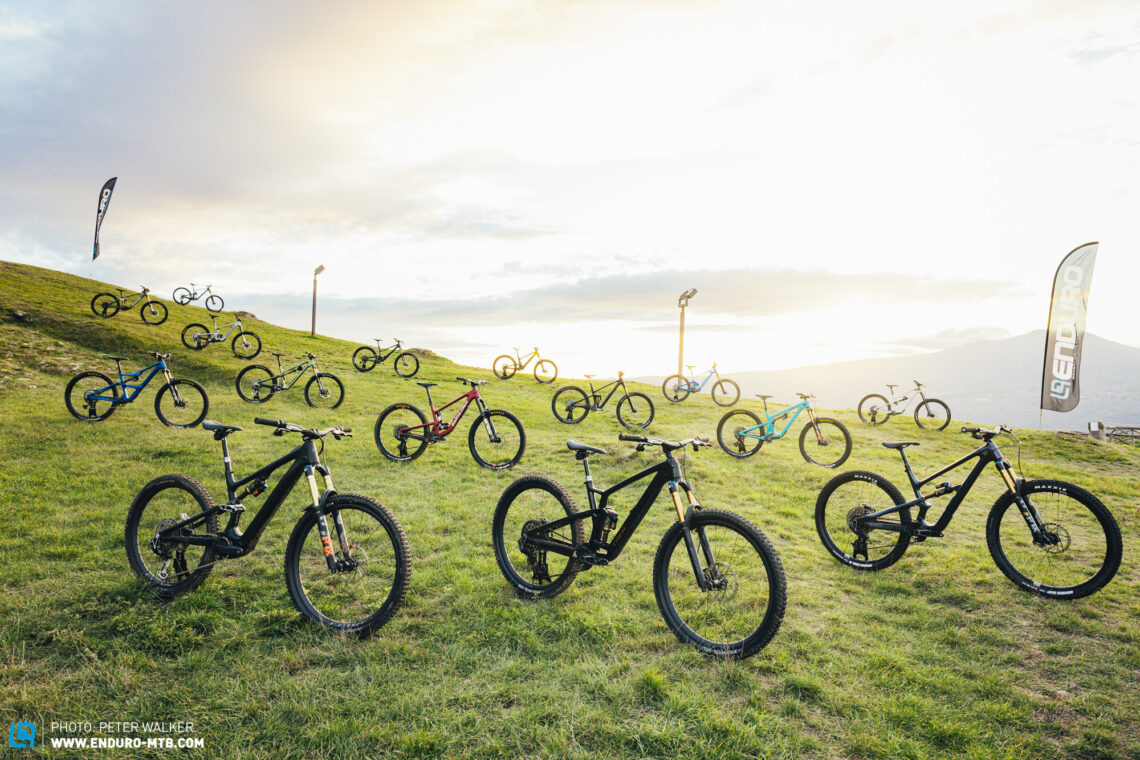
Credit: enduro-mtb.com
Budgeting Tips For Mountain Bike Buyers
Mountain biking is an exciting sport that requires the right equipment to enjoy it to the fullest. When purchasing a mountain bike, it’s crucial to set a realistic budget, prioritize your needs over wants, and plan your finances thoughtfully.
By following these budgeting tips, you can make an informed decision and get the most value for your money.
Setting A Realistic Budget
Determine how much you can afford to spend on a mountain bike by evaluating your financial situation. Consider factoring in additional costs such as accessories and maintenance.
Prioritizing Needs Vs. Wants
Identify the features and components that are essential for your mountain biking needs. Differentiate between must-have features and nice-to-have add-ons to stay within your budget.
Financial Planning
Map out a financial plan to allocate funds for your mountain bike purchase. Set aside a portion of your budget for the bike itself, along with any necessary gear and maintenance expenses.
Finding The Perfect Mountain Bike At The Right Price
When purchasing a mountain bike, it’s crucial to strike a balance between cost and value, make informed decisions, and ultimately enjoy the ride. Here’s how to find the ideal mountain bike at the right price.
Balancing Cost And Value
Before committing to a purchase, consider the value the bike provides in relation to its cost. Analyze the components, frame material, suspension, and other features to ensure that the price aligns with the quality and performance you seek.
Making An Informed Decision
Research different brands, models, and customer reviews to gain insights into the performance, durability, and overall satisfaction of potential mountain bikes. Understanding the specifications and user experiences can help you make an informed decision.
Enjoying The Ride
Ultimately, the goal is to find a mountain bike that aligns with your budget while meeting your riding needs. By prioritizing quality, fit, and features, you can enjoy the thrill of mountain biking without overspending.
Frequently Asked Questions
What Is A Decent Price For A Bike?
A decent price for a bike can range from $300 to $1000, depending on the type, brand, and features. It’s best to consider your budget, intended use, and desired specifications before making a purchase.
Is Mountain Bike Expensive?
Yes, mountain bikes can be expensive due to varying features and quality levels in the market.
How Much Is An Entry Level Mountain Bike?
Entry-level mountain bikes typically range from $300 to $800, depending on brand and features.
Is Mountain Biking An Expensive Hobby?
Mountain biking can be an expensive hobby due to the cost of bikes, gear, and maintenance. The prices can vary significantly depending on the brand and quality of equipment you choose. However, there are budget-friendly options available for beginners or those on a tight budget.
Choose wisely!
Conclusion
Mountain bikes can cost a little or a lot, but knowing what drives the price helps you pick the right one. Whether you’re new to the trails or a seasoned rider, there’s something out there for you.
Don’t just grab the most expensive bike—think about how you’ll ride and what features you really need. With some research and smart shopping, you’ll find a deal that fits your budget and gets you rolling on your next adventure.
So, what are you waiting for? Start hunting for that perfect bike today!

